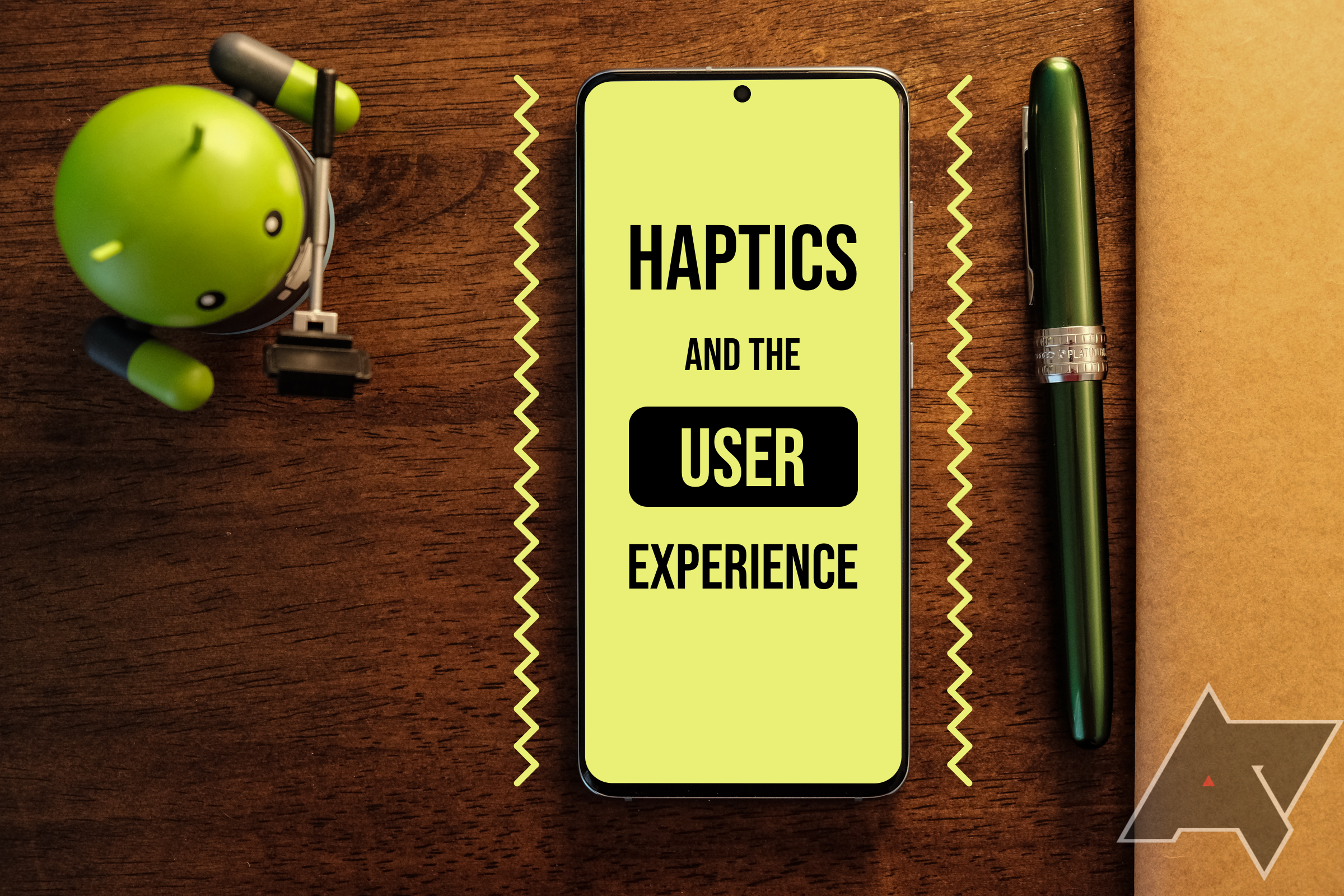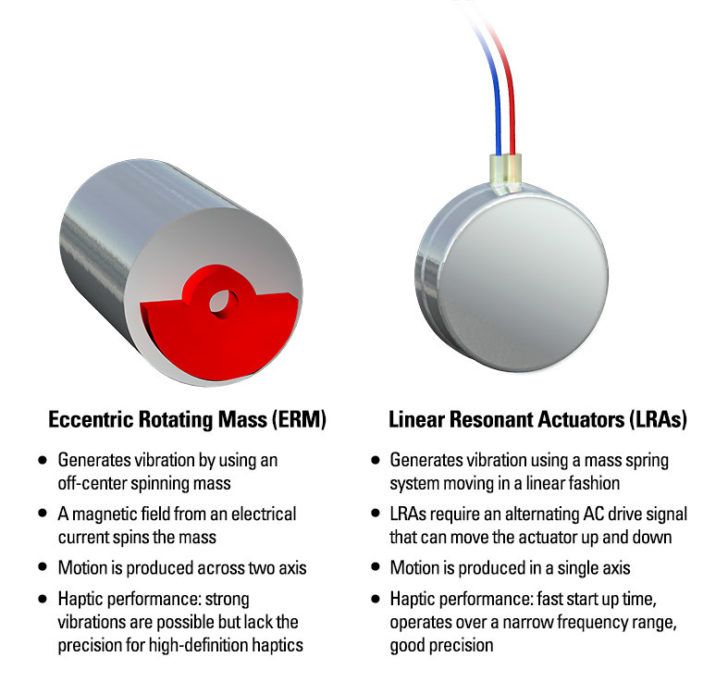Your phone probably buzzes hundreds of times a day, relaying information with each tiny jolt. By now, you know how much force every vibration emits and what each length of buzz means, all without looking at your device — vital pieces of your smartphone's user experience. Today, we're talking about how haptic technology can impact the way you engage with your device, for better and for worse.
Before we talk about how haptics can make or break the user experience, let's take a quick look at how haptic motors work. Ryne took a deep dive into the nitty gritty details here, but if you want the abridged version, every phone contains a dedicated module that leverages physics, inertia, and a bit of software to produce a vibration on demand. While this all sounds pretty straight forward, not every vibration is created equally.
Haptics: The bad, the good, and the precise
Cheaper smartphones and devices of the earlier cellphone days employed eccentric rotating mass (ERM) haptic modules, long cylinders that generate vibrations with some help from a spinning pendulum. The end result is haptic feedback that has the potential to be strong for actions like receiving phone calls, but it lacks in precision control. This weak spot makes ERM modules poor at producing the kinds of nuanced feedback that today's smartphone software is tuned to emulate.
Premium devices of the modern age come equipped with Linear Resonant Actuator (LRA) haptic modules, thin disks that use springs across a linear plane to produce the desired results. Because all movement takes place along a single axis, LRAs are able to deliver vibrations that are both strong and precise, enabling them to produce both punchy haptic feedback and short, subtle bursts when necessary. This versatility is what makes premium smartphones so good at leveraging an array of discernible bumps and jolts while you use your device.
Why are good haptics important?
The big question is: Why should you want an LRA haptic module from a premium haptics manufacturer in your phone instead of an ERM variant? Haptics are a core component of the smartphone experience. Every call that comes through, text message you receive, button you type on your keyboard, and more are all contingent on the quality of your phone's haptics.
Premium haptics will make you feel more connected and confident in your device as it provides feedback for each interaction. Poor haptics, on the other hand, oftentimes feel muddled and ambiguous, thus disconnecting you from your device and tarnishing the overall user experience.
Where to find premium haptics
As you can see, having a premium haptic experience in the devices you love is important. One such company bringing these experiences to consumers are our friends at Cirrus Logic. While you can't tell which phones have their haptic technology by looking at them, you may be familiar with how their technology feels.
We recently discovered that Cirrus Logic's haptic hardware can be found in some of the newest devices that we rated highly in haptic performance, including the Pixel 4 which we said "has the tightest vibration motor on Android," as well as the aptly impressive Galaxy S20 series and Note20 Ultra. On the flip side, you won't find Cirrus Logic technology in the new Pixel 5, a design choice that didn't go unnoticed.
If you'd like to learn more about Cirrus Logic and how they leverage haptics to shape better user experiences, check out their official website. You can also find more stories on haptic technology here.


